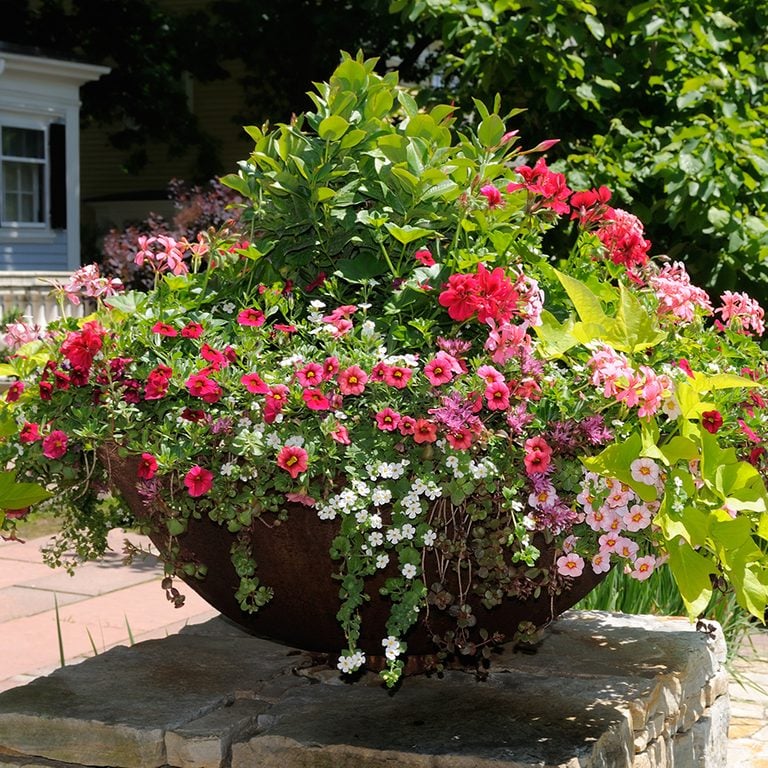
The Best Annual Flowers for Your Planter Pots
These pretty annuals thrive in containers, making them perfect candidates for the planter pots on your deck and balcony.

Great Gardening Ideas For Small Spaces
No backyard? No problem! Use these urban gardening tips to add greenery to even the smallest porch, patio or balcony.
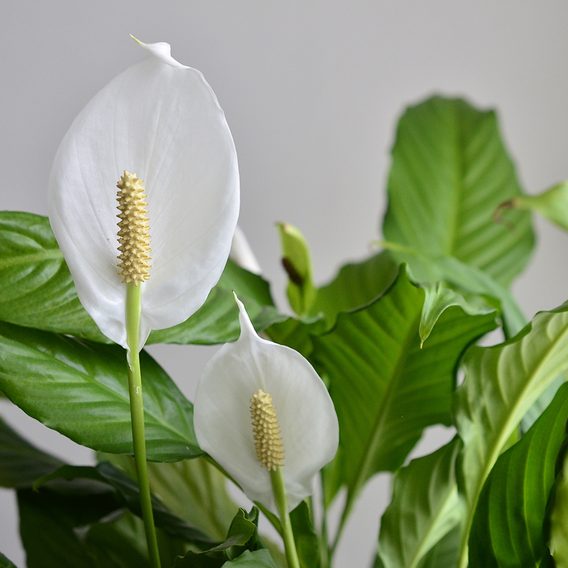
Hardy Indoor Plants You (Probably) Can’t Kill
Got a brown thumb? Maybe you're just not growing the right plants! These hardy varieties are virtually indestructible.

Genius Gardening Hacks to Save Time, Money and Effort
Maintaining a beautiful garden is a lot of hard work, but you can labour more efficiently with these brilliant tips.
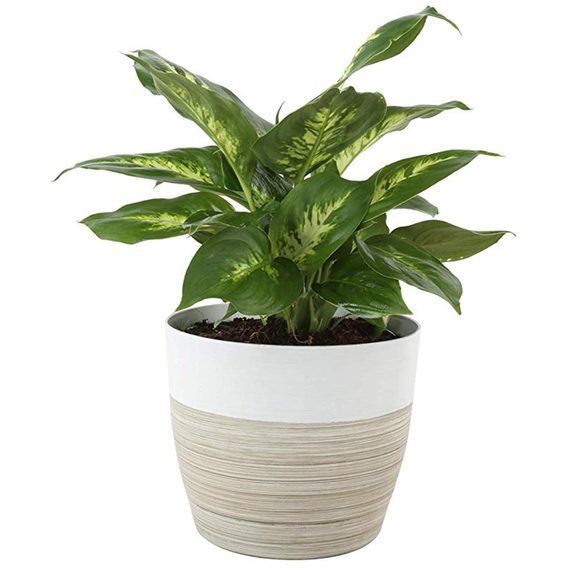
No Natural Light? These Houseplants Thrive in Near Darkness
These plants grow exceptionally well in low light, making them ideal for brightening up a gloomy corner.
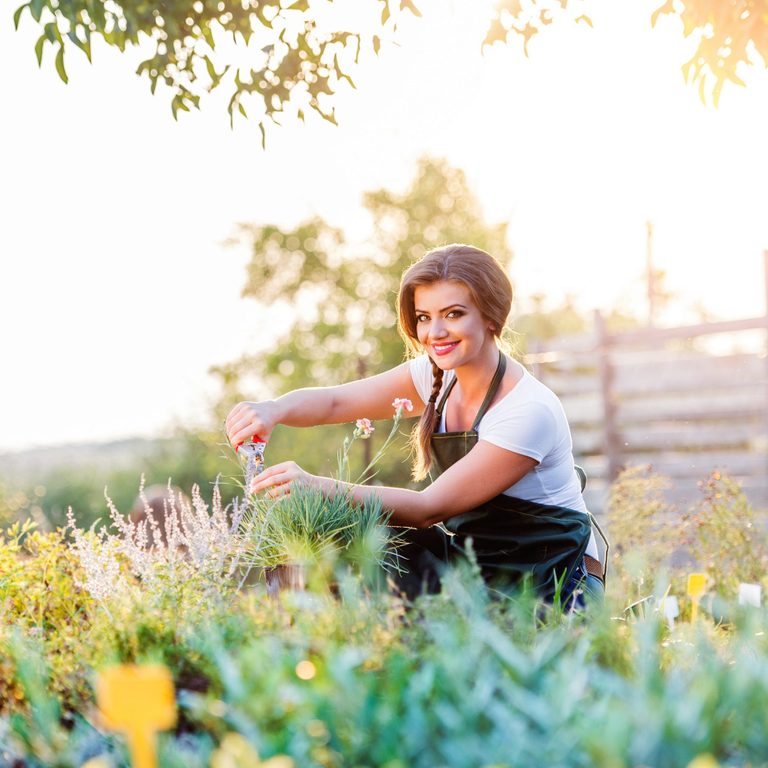
How to Grow a Healing Garden
Heal rashes, treat depression and reduce indigestion with these medicinal plants you can grow at home.
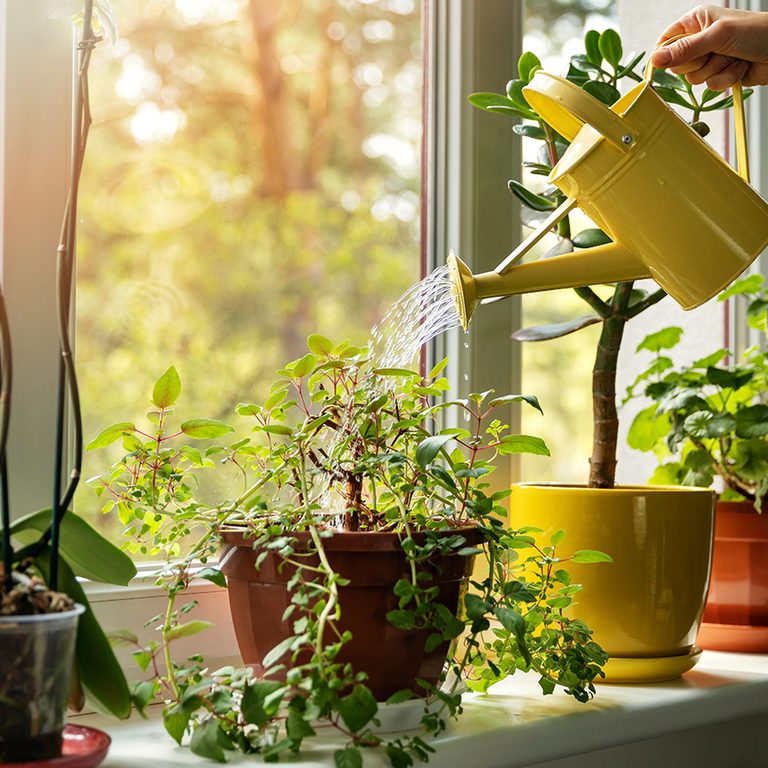
15 Good Luck Plants to Bring Fortune to Your Home
Placed strategically throughout the house, certain good luck plants are believed to bring prosperity, fortune, health and more. Here's what...

How to Attract More Birds to Your Backyard
The best ways to lay out the welcome mat for our fine feathered friends.

If You See Purple Dots on Your Tomato Leaves, This Is What It Means
Purple leaves on your tomatoes could be a sign something isn't right. Luckily, there are ways to purge the purple...
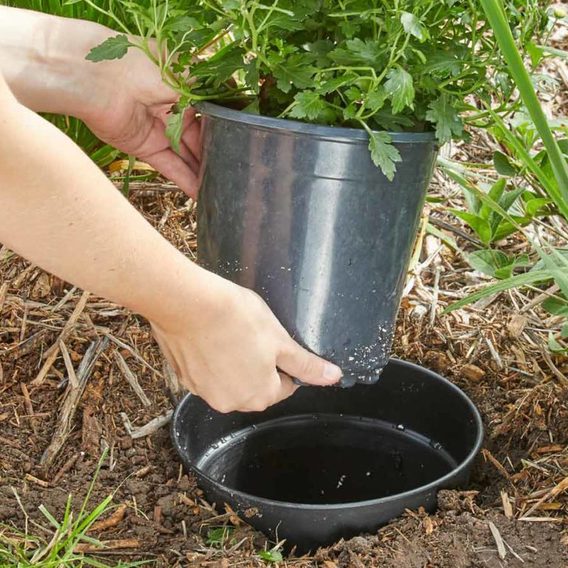
This Clever Landscaping Trick Will Transform Your Yard
Ever wish you could reorganize your garden after seeing how the mature plants look? Here's a genius way to do...
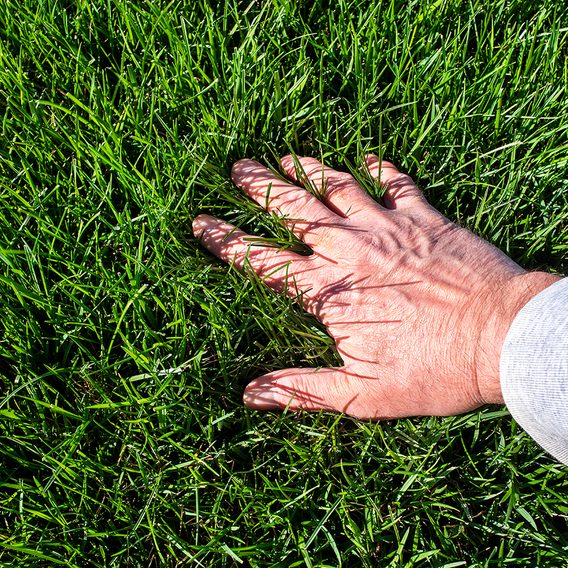
Never Do This to Your Lawn
Want lush green landscaping all summer long? Avoid these common lawn care mistakes.

The Best Way to Cut the Lawn, According to Pro Landscapers
Follow this three-step plan for a yard that’s the envy of your neighbours—and a total breeze to maintain.
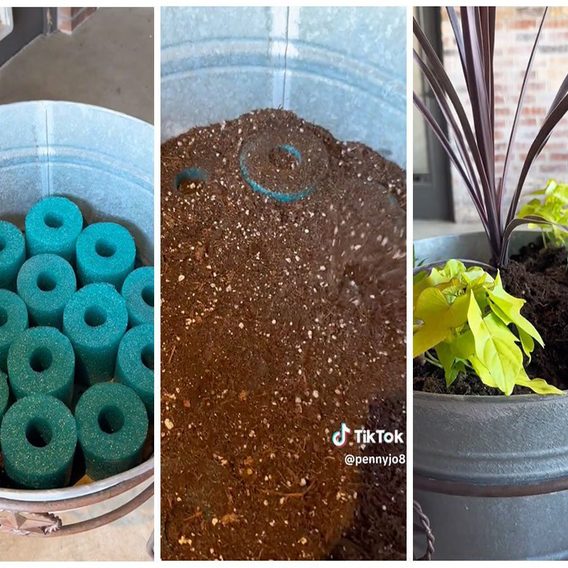
If You’re Not Adding Pool Noodles to Your Planter Pots, This Will Convince You to Start
This simple hack will change your approach to container gardening.
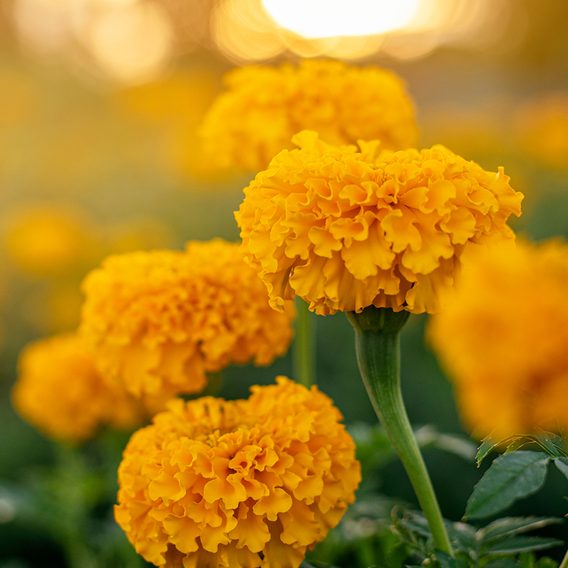
The Best Mosquito Repellent Plants
...And more DIY strategies to keep mosquitoes away this summer.
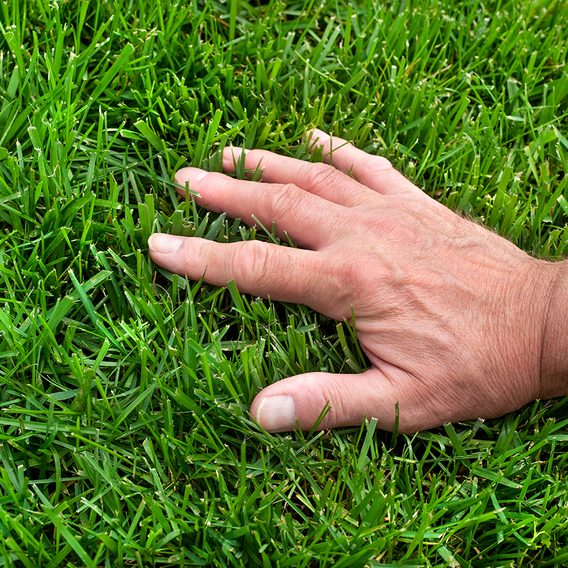
7 Eco-Friendly Lawn Care Tips to Try This Year
This is the year to go au naturel—with your lawn care! It'll take a little work and patience, but you...

Gorgeous Garden Photography From Across Canada
From lush landscaping to winged visitors, the colours in this gallery of Canadian garden photography are truly a feast for...
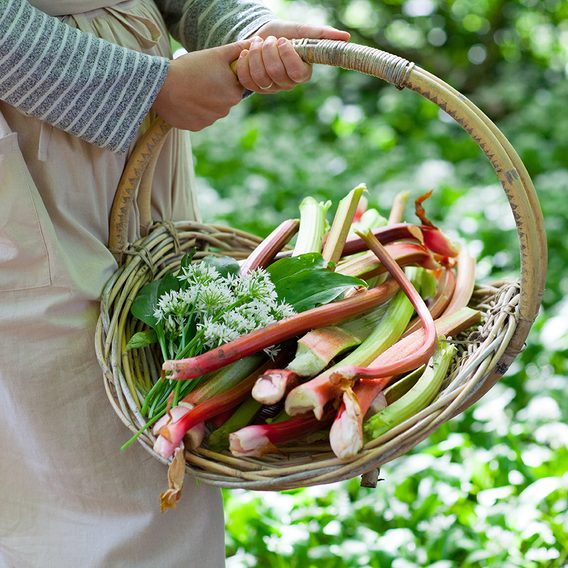
This is the Only Way You Should Be Harvesting Rhubarb
If you're cutting stalks with a knife, you're doing it wrong—here's why.
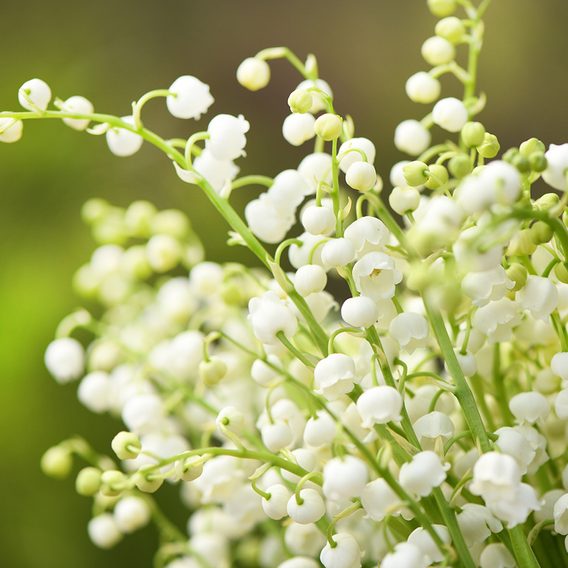
13 Fascinating Facts About Flowers
From the meanings of different blooms to the first flower to blossom in space, these fun facts are sure to...

The Beginner’s Guide to Gardening
Starting a garden this summer? Even if you don't have a green thumb, these expert gardening tips can help you...

The Green Thumb’s Guide: 10 Simple Tips for Growing a Vegetable Garden—Anywhere!
Ever dreamed of growing your own vegetable garden? From choosing the perfect location to picking what to grow (and how...
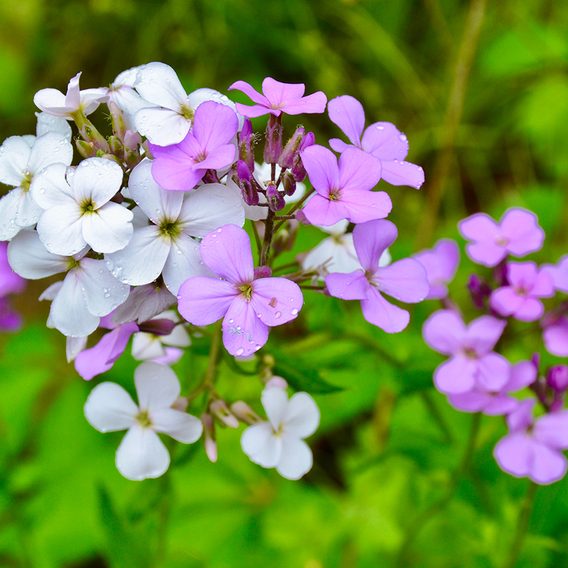
5 Flowers You Should Never Plant in Your Garden
Not only can they irritate your skin and aggravate allergies, some can be downright poisonous. Here's everything you need to...

If You Need to Patch Lawn Gaps, Try This Easy Toilet Paper Hack
Who knew the key to a lush lawn was in your bathroom cupboard?

Could This Be What’s Behind Your “Fruit Fly” Infestation?
If you've been trying to rid your home of fruit flies for a while now without any luck, there's a...

10 Plants That Attract Butterflies and Birds to Your Yard
Flowers and plants add colour to your landscaping, but wildlife really is what brings it to life. Here's what you...

What You Need to Know About Lawn Mower Oil
When was the last time you checked your lawn mower oil? Check out these helpful hints for lawn mower maintenance.

This is When You Should Start Mowing Your Lawn in the Spring
Keep these factors in mind before mowing your lawn for the first time this season.
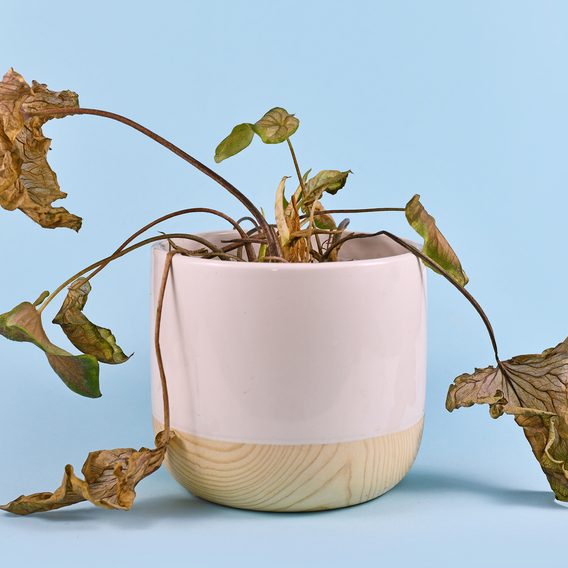
Don’t Throw Out That “Dead” Houseplant Until You’ve Tried These Tricks
It may be brown and wilted, but that doesn’t mean it’s beyond rescue!
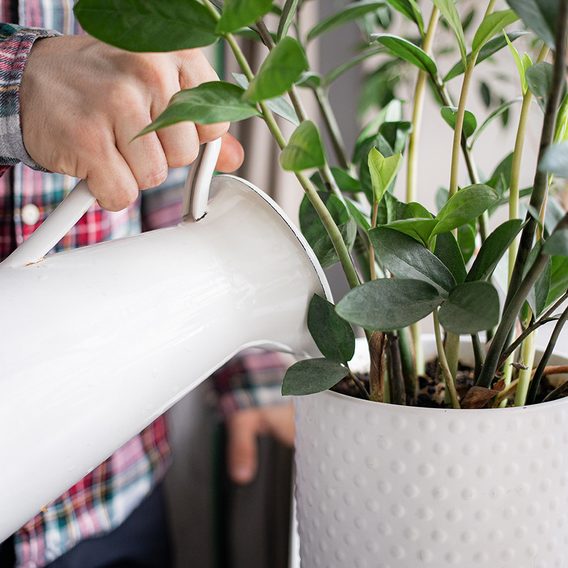
How I Flex My Green Thumb All Winter Long
This Ontario man has discovered an ingenious way to enjoy lush greenery throughout the year.
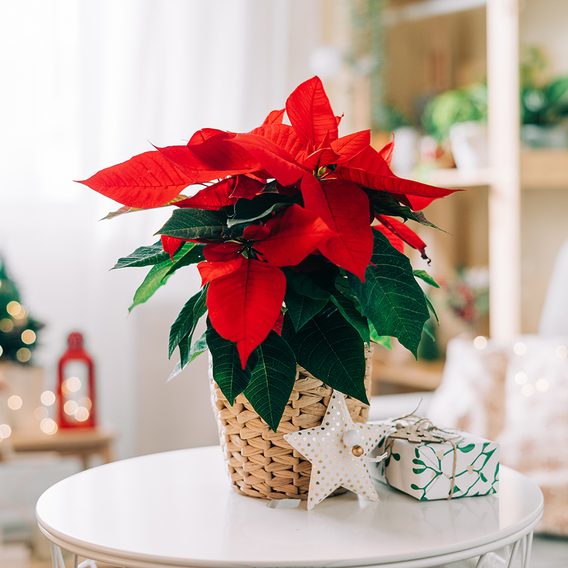
How to Care For Your Poinsettia After the Holidays
With the proper care, your holiday houseplants can last well into the new year.
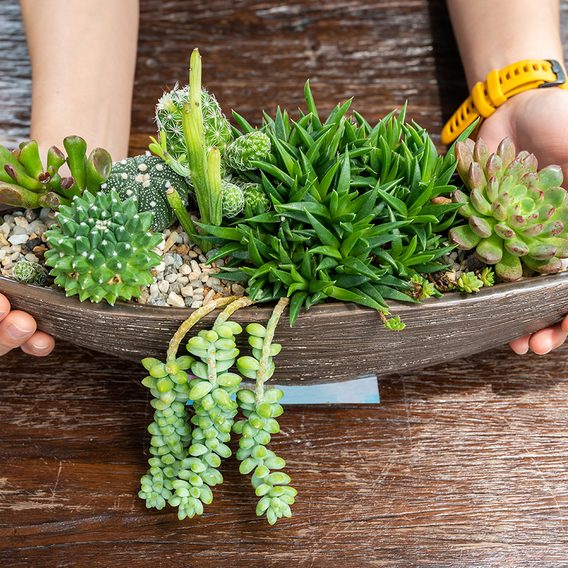
Inspired Indoor Gardening Ideas to Get You Through a Long Winter
The end of summer doesn't necessarily mean the end of gardening season! Keep your green thumb supple with these indoor...
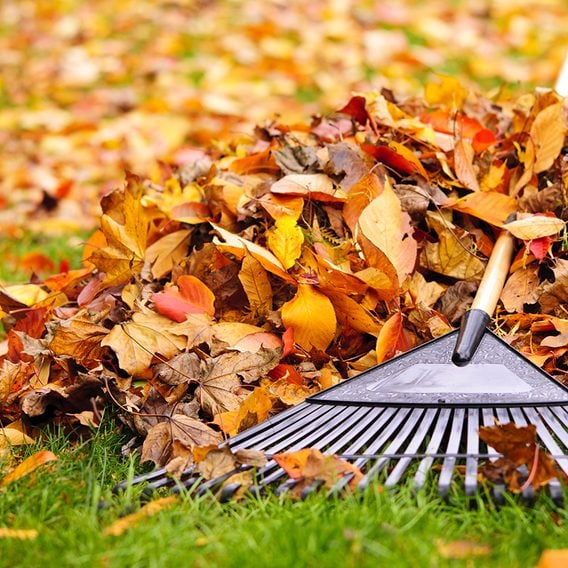
10 Fall Yard Maintenance Tips You’ll Wish You Knew Sooner
Take a few minutes to read these fall yard maintenance tips, and you could save yourself hours of work outdoors.